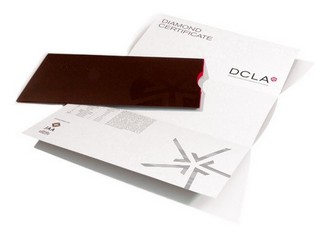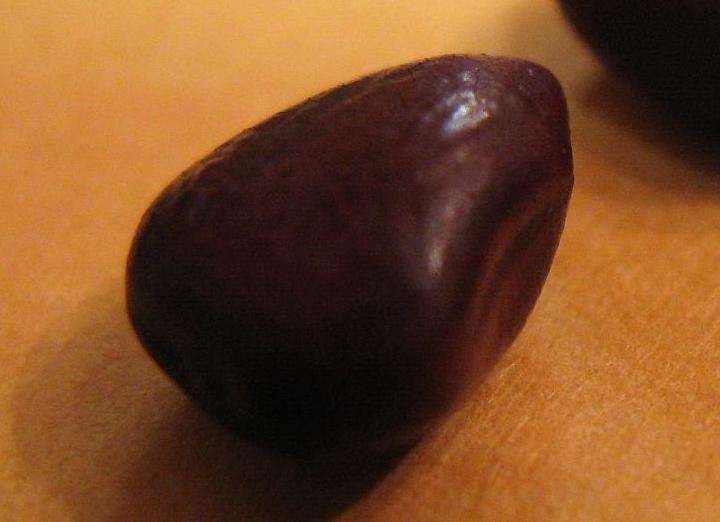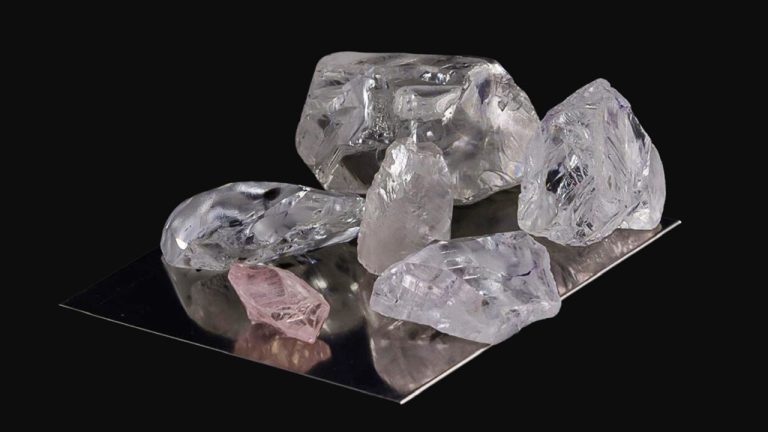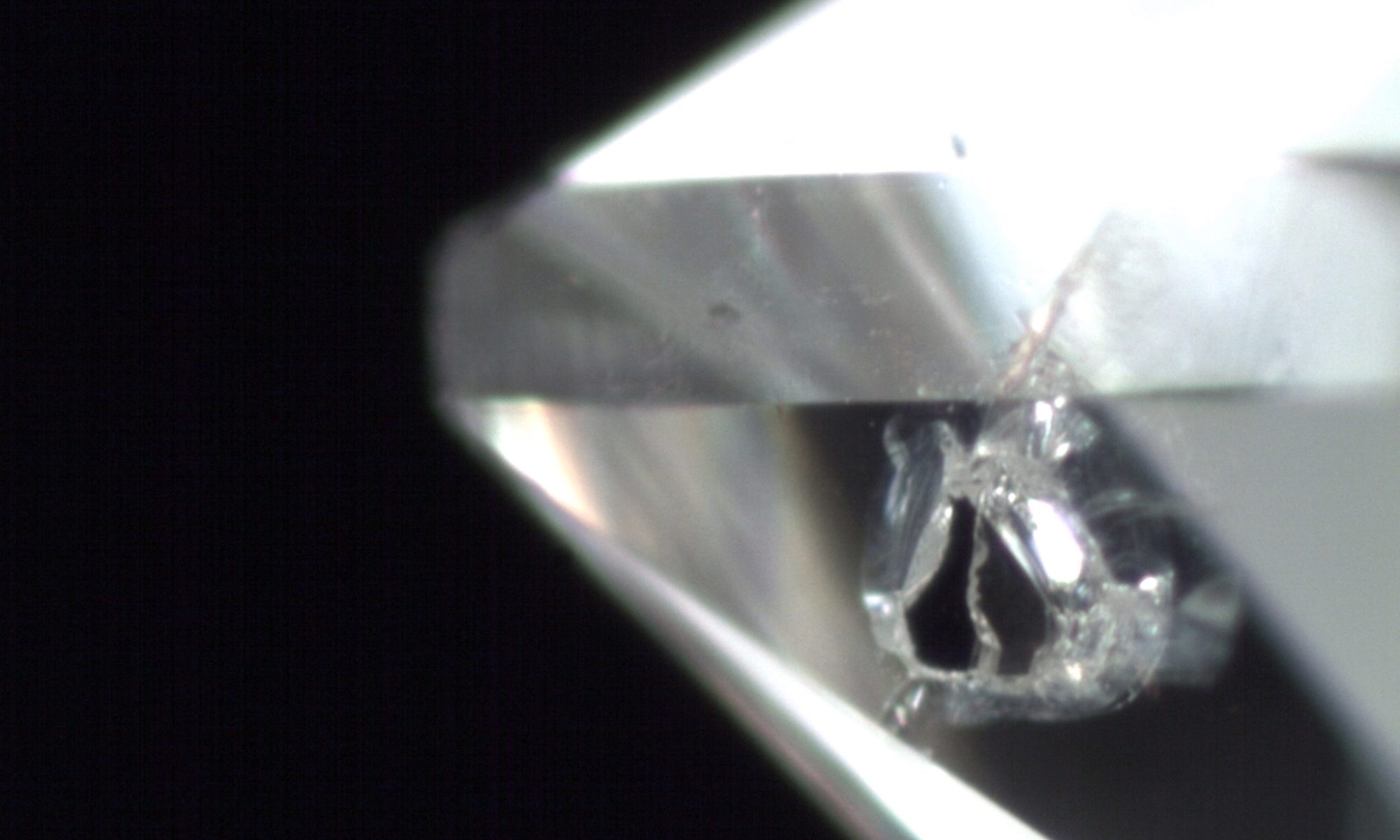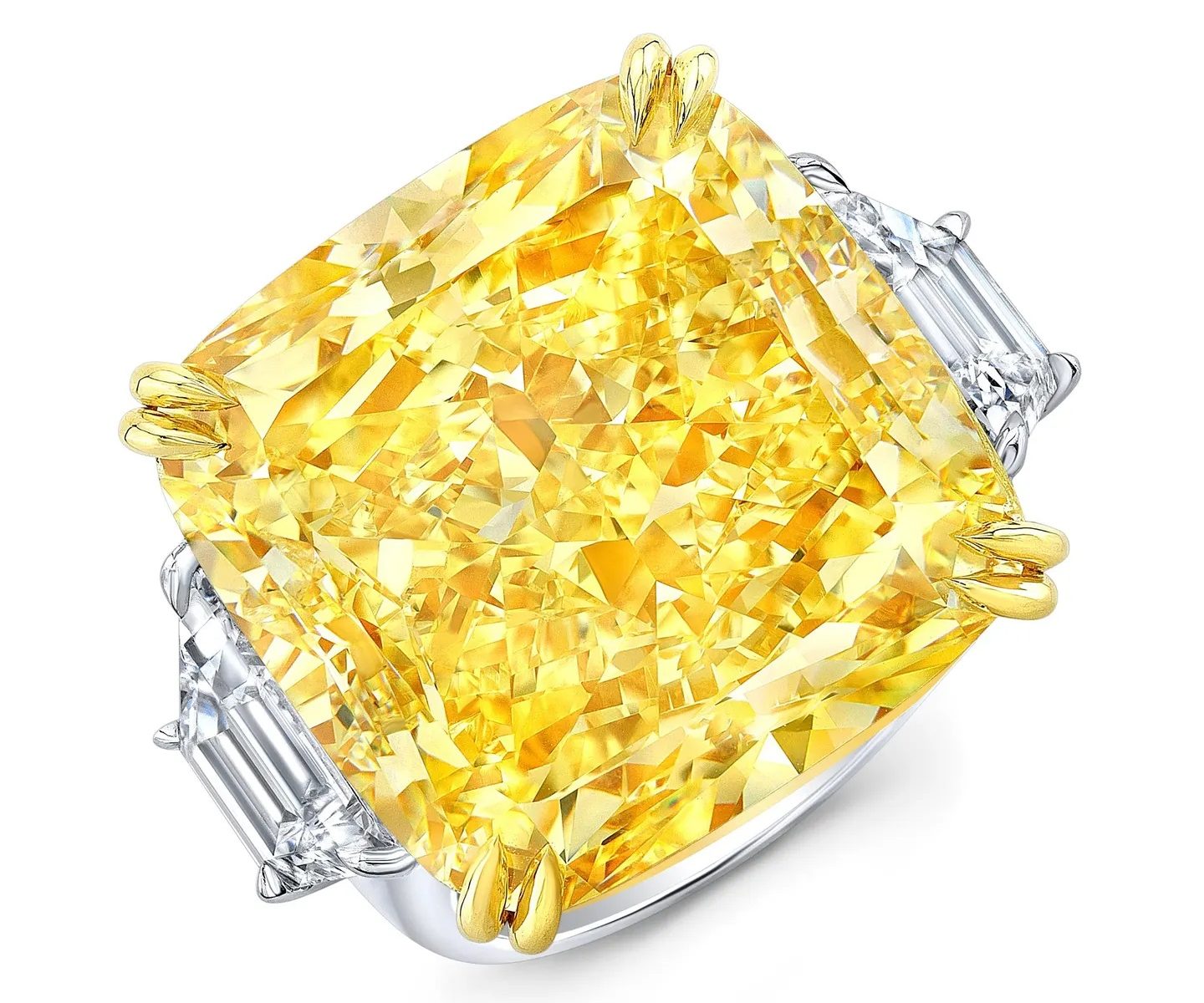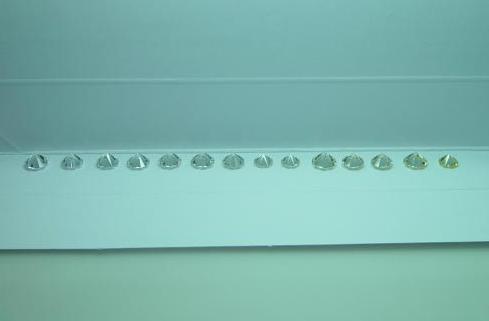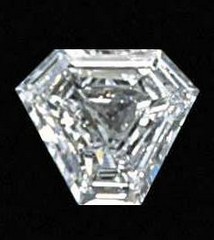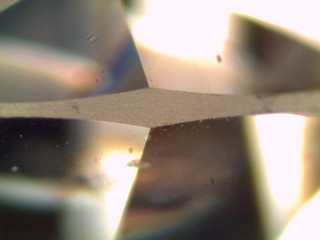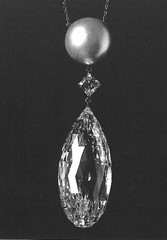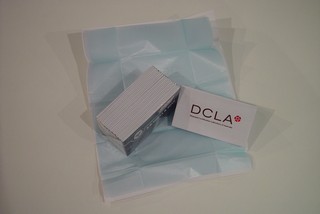Diamond Certificate or Diamond Report
A diamond certificate, also known as a diamond grading report, is an official document issued by a gemological laboratory that provides an objective assessment of a diamond’s quality. It evaluates key characteristics such as carat weight, cut, colour, clarity, and other essential factors.
What a Diamond Certificate Includes:
A diamond grading report typically contains:
Carat Weight – The precise weight of the diamond in carats (ct).
Cut Grade – Evaluates how well the diamond is cut, affecting its brilliance and fire.
Colour Grade – Ranges from D (colourless) to Z (light yellow or brown).
Clarity Grade – Assesses internal inclusions and external blemishes, from Flawless (FL) to Included (I3).
Shape & Measurements – Specifies the diamond’s shape (e.g., round, oval) and dimensions in millimeters.
Fluorescence – Indicates if the diamond glows under UV light, which may impact its appearance.
Symmetry & Polish – Evaluates the precision of the diamond’s cut and surface quality.
Inclusion Plot (Clarity Map) – A diagram showing the locations of inclusions and blemishes.
Security Features – Some certificates include laser inscription of the report number on the diamond’s girdle for verification.
Recognised Diamond Certification Laboratories
Reputable gemological laboratories that provide independent, accurate, and unbiased diamond grading include:
GIA (Gemological Institute of America) – The most respected and widely recognised grading authority worldwide.
AGS (American Gem Society) – Known for its strict grading standards, particularly for cut quality.
HRD (Hoge Raad voor Diamant) – A leading European gem lab based in Antwerp, Belgium.
IGI (International Gemological Institute) – Commonly used in the retail diamond market.
EGL (European Gemological Laboratory) – Offers looser grading standards compared to GIA and AGS.
DCLA (Diamond Certification Laboratory of Australia) – The only independent diamond grading laboratory in Australia, known for its strict and accurate grading.
